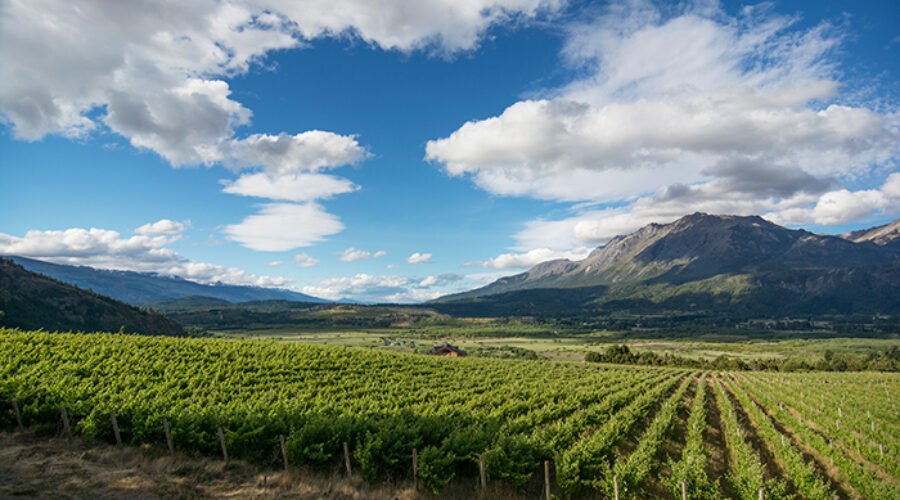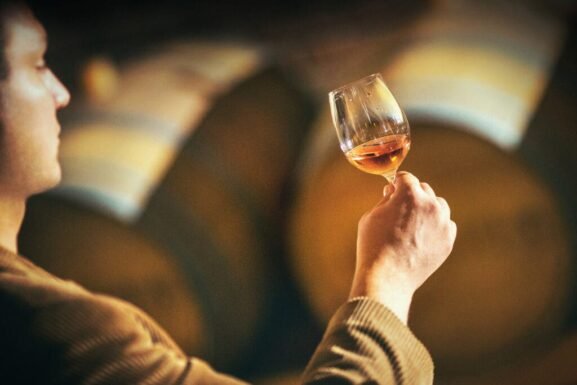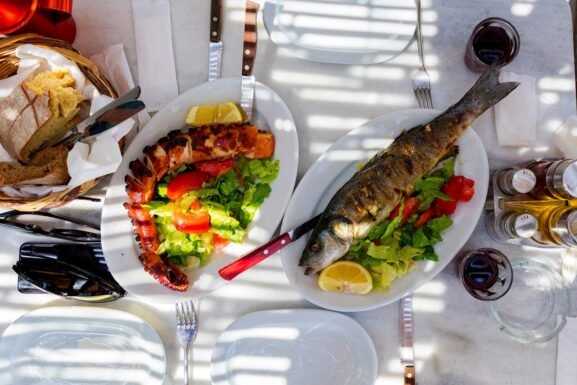In Southernmost South America, Cool-Climate White Wines Reach New Heights
The southernmost regions of Chile and Argentina have low temperatures, heavy rainfall, strong winds and frost. And yet, in these extreme regions situated along the hemisphere’s 38–45th parallels, winemakers are crafting vibrant, flavorful Chardonnays and Sauvignon Blancs.
Some producers use these difficult conditions to their advantage.
“They are challenges, but they are also positive things,” says Ricardo Baettig, head winemaker at Viña Morandé. “Without them, you wouldn’t achieve the character, the acidity and tension these wines have.”
Searching for new terroir in Chile
Founded in 1996, Viña Morandé is considered a trailblazer in the region, and is said to be the first producer to plant vines in Casablanca, Chile. Their team has also explored new wine regions in Chile, including Southern areas like Itata and Bío Bío. In 2020, they started to source grapes from the cool-climate region of Traiguén, Malleco, located at 38 degrees south latitude.
Frost is one of the biggest threats here. Last October, about two-thirds of the yield was lost due to a deep freeze that affected the vines.
“The frost was so intense that it killed all the first buds,” says Baettig. Thankfully, since all the primary buds were damaged, “only secondary buds were developed, avoiding the problem of having some grapes ripening earlier than others.”
Still, Baettig believes these challenging conditions give the wines character. Compared to Chardonnay from Casablanca, wines from Malleco have fewer sweet fruit notes due to less exposure to the sun, making them more elegant, he says. “[Our] Chardonnay shows more grape typicity and longevity due to the climate conditions.”
To successfully craft balanced wines in such an extreme region, proper harvest timing is essential. Sugar and pH levels may create an impulse to harvest early, “however, in this region, we might have to wait a little bit longer to do so,” says Baettig. He also prefers limited contact with oak to allow the identity of Malleco to show up in the glass.
The effects of climate change
Farther south in Chile, some 21 miles from the Pacific Ocean, lies the Osorno region. Miguel Torres Chile planted about five acres of Sauvignon Blanc on volcanic soils here in 2010. The vines grow on terraces facing north to capture more sunlight and reach ripeness. They are protected by the coastal mountain range from heavy rainfall and cold breezes coming from the Pacific.
However, “less rainfall due to climate change is what makes growing grapes possible in this place,” says Eduardo Jordan, head winemaker at Miguel Torres Chile.
Annual precipitation in Osorno has historically been 42.2 inches, but since 2007, it has been decreasing, declining to an average of 37.4 inches. The same issue is affecting other wine regions in Chile, including those that are drier, forcing producers to look for places that will ensure them access to water in the years to come.
“High acidity is the backbone of these wines,” says Jordan, of white wines from Osorno, “but we look for balance.” He explains that as the vines grow older, they regulate the acidity of the grapes. Coupled with cultivation and winemaking techniques like aging a small percent of the wine in oak barrels, he’s able to create more harmonious wines.
In addition to acidity, “the wines have notes of guava and citrus fruit, and this is a result of Osorno’s microclimate,” says Jordan. Lower alcohol levels are another hallmark of cool regions due to a shorter ripening period, as is the case with Miguel Torres’s Sauvignon Blanc.
Wine at the end of the world in Argentina

Growing grapes on one of the world’s southernmost vineyards isn’t easy. Otronia, a winery in Sarmiento, built at 45.33 degrees south latitude in Argentina’s Chubut Province, released its first bottling in 2017. Winds here run to 62 miles per hour, the average annual temperature is 52.7°F and frost is a permanent threat.
Juan Pablo Murgia, Otronia’s head of winemaking, explains that some of these climate conditions benefit the grapes. Strong winds can help to eliminate moisture and prevent diseases, as well as reduce yields and cause grapes to grow thicker skins. All of this can result in more concentrated flavors.
When the winery was founded, the team thought that Sarmiento would be well suited to sparkling wine because of the cold climate, similar to Champagne. They planted mainly Pinot Noir and Chardonnay with a few vines of Pinot Grigio and Gewürztraminer, among other varieties.
However, other climatic conditions changed their plans.
“In this latitude, grapes are more exposed to solar radiation, especially at the end of spring and the start of summer,” says Murgia. “The amount of radiation is high, and the days are so long that the grapes can fully ripen.” Owing to very cold nights, the grapes reach the desired maturity without losing acidity.
“All the climatic factors are important but without the correct soil it would have been very difficult to make good wines here,” says Murgia. With the help of Chilean agronomist Pedro Parra, the Otronia team studied its soil and divided 123 acres of land into 50 blocks. Each block is made of different amounts of clay, alluvial and fluvial rocks, as well as sand, due to the sediments deposited millions of years ago in a lake that previously existed there.
In addition to white wines, Otronia makes sparklers and Pinot Noir, joining other producers who see potential in these extreme regions. In Chile, Villa Aquitania in Malleco and Casa Silva in Osorno bottle cool-climate sparkling wines. At 43 degrees south latitude in Argentina, Casa Yagüe, Contra Corriente and Viñas del Nant y Fall, located in the Trevelin GI (Indicaciones Geográficas), make small productions of still wine with cool climate grapes like Chardonnay, Sauvignon Blanc, Riesling and Gewürztraminer, thriving amid the extreme conditions.
As the climate continues to change, wineries in both countries use advanced expertise to go beyond the limits of established winemaking.




